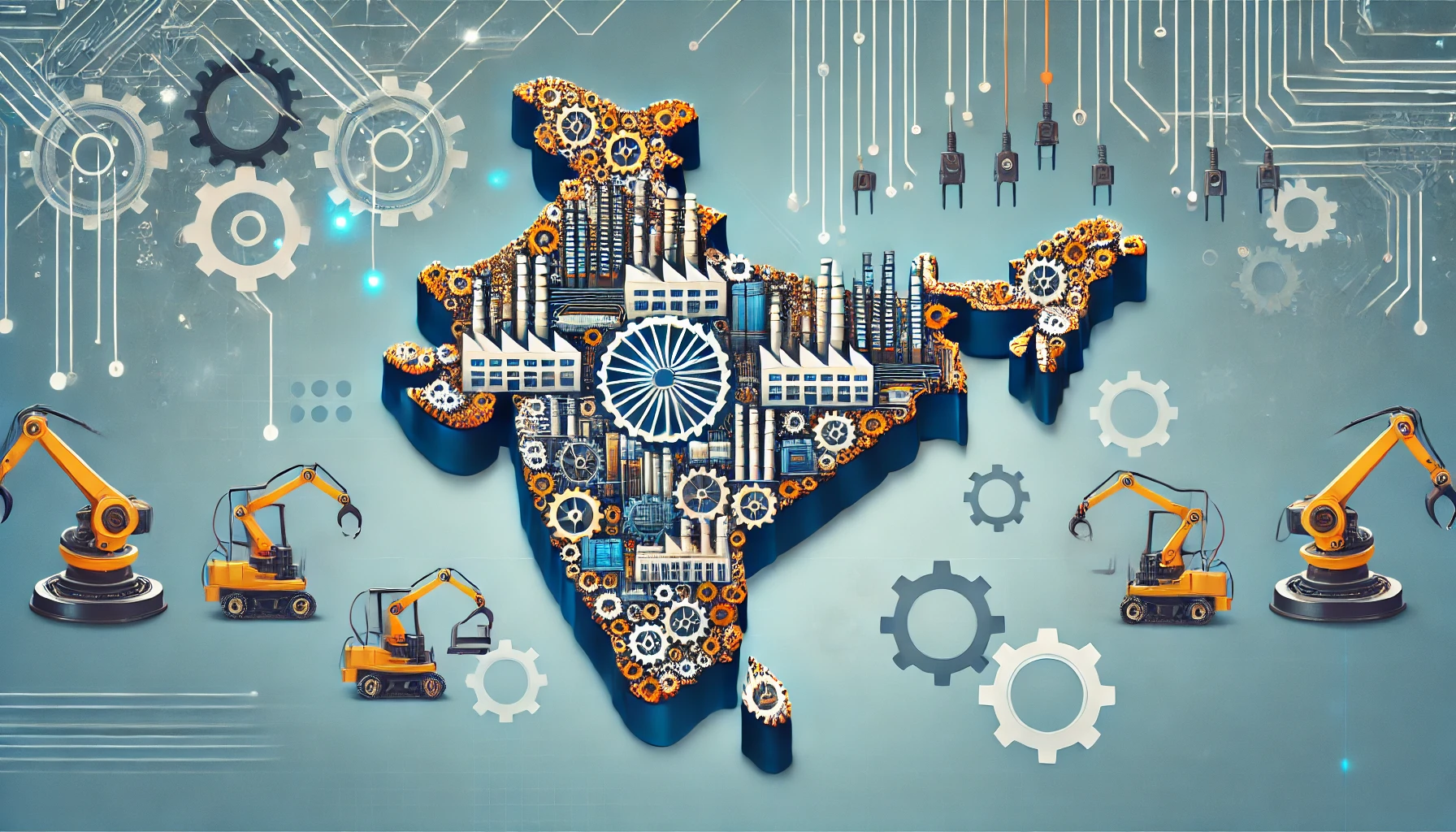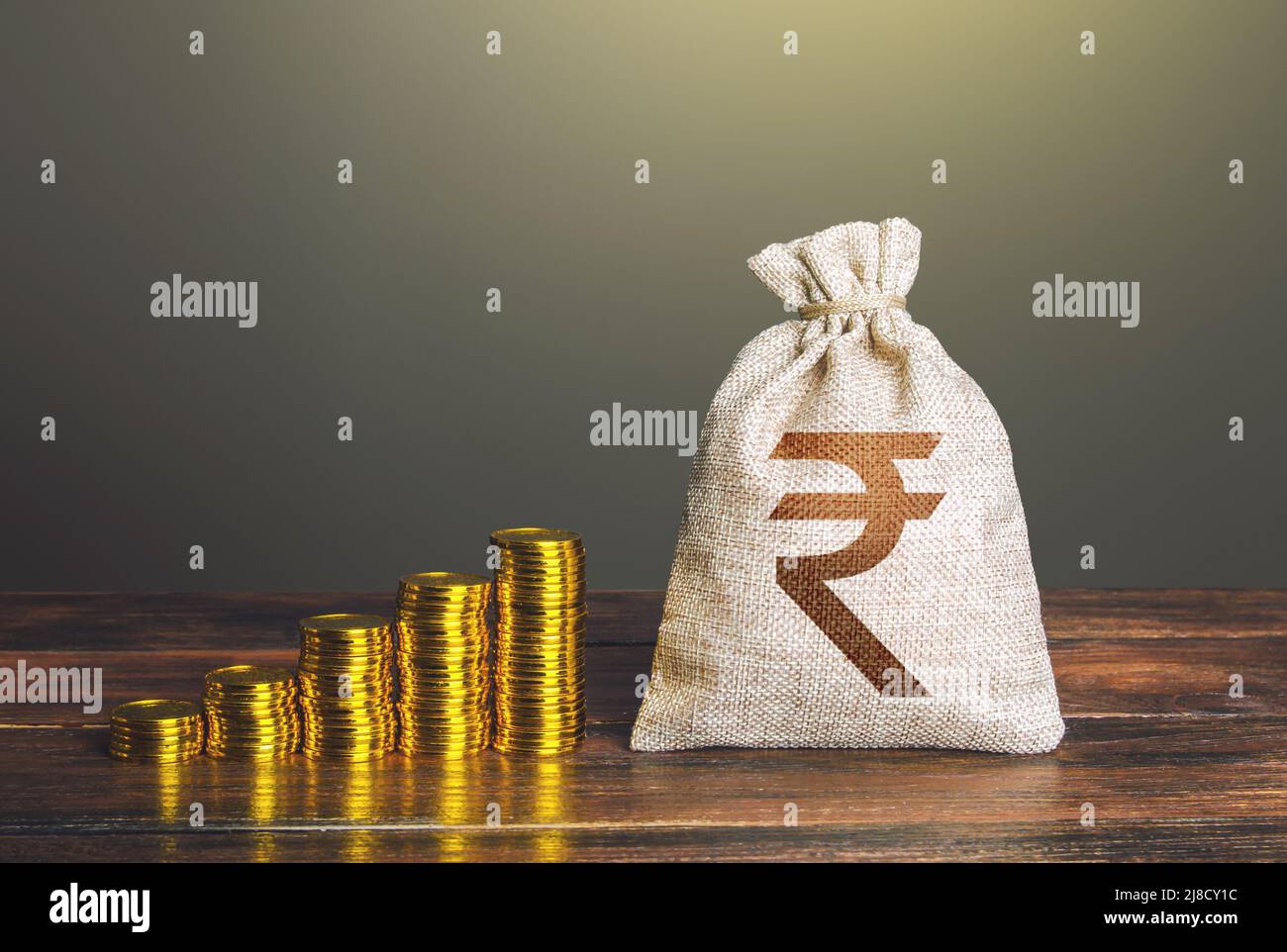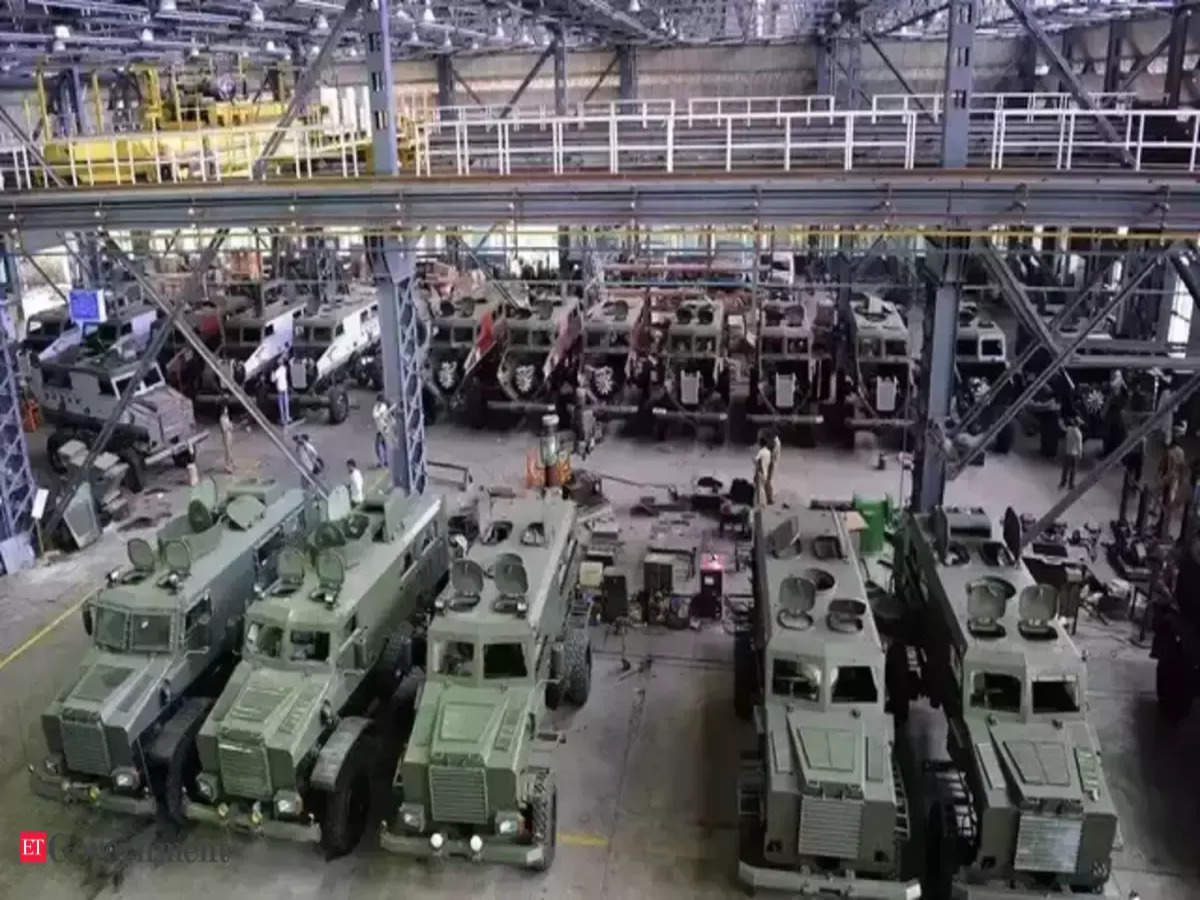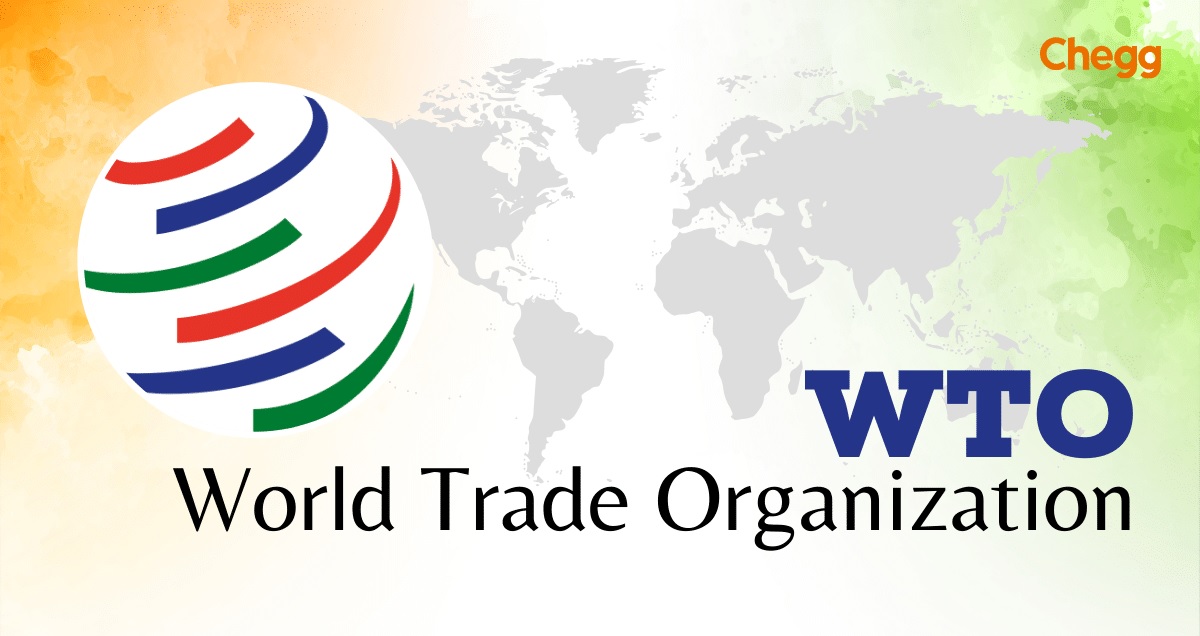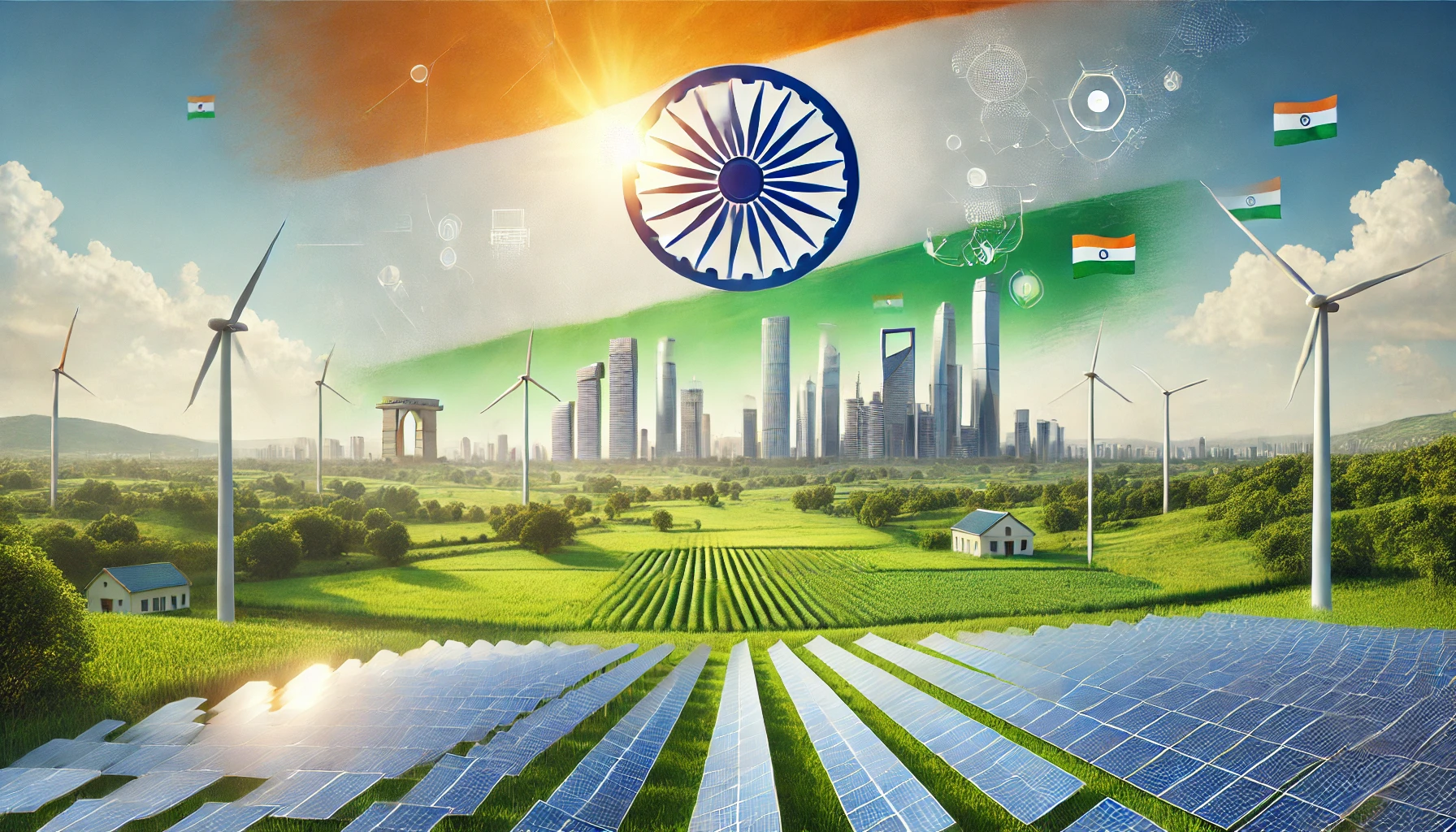The Hindu: Page 08
Syllabus: GS 3: Indian Economy
Mains Practice Question:
Examine the central government's push to boost India's manufacturing sector. What challenges hinder the goal of raising manufacturing's GDP share from 15% to 25%, and how can global partnerships and reforms aid in achieving the “Make in India” vision?
Prime Minister Narendra Modi’s coalition government emphasises boosting India’s manufacturing sector to address urbanisation, employment shifts from agriculture, trade deficits, and national security concerns amid geopolitical dynamics, including China’s assertiveness.
Government’s Manufacturing Goals
- Since 2014, the central government has aimed to increase manufacturing as a percentage of GDP from 15% to 25% by 2025.
- Despite reforms like GST, India’s manufacturing contribution declined to 13% of GDP by 2022, contrasting unfavourably with other countries like China, Vietnam, and Bangladesh.
Importance of Boosting Manufacturing
- Employment Generation: Shift from low-productivity agriculture necessitates creating employment in manufacturing, catering to half of India’s workforce.
- Trade Deficit: India faces a significant goods trade deficit, with substantial imports of manufactured goods like electronics, alongside a surplus in services trade.
Strategic Importance for India and U.S.
- National Security: Strengthening India’s manufacturing supports its regional security role amidst rising geopolitical tensions, particularly concerning China.
- Supply Chain Resilience: Building manufacturing capabilities in India enhances supply chain reliability for U.S. interests, reducing offshore dependencies.
Challenges and Considerations
- State-Level Governance: Most factors influencing manufacturing—electric power, water, labour regulations—are controlled by State governments, requiring enhanced policy attention from the central government.
- Business Environment: Initiatives like BRAP for state competitiveness have been inconsistent, lacking updated assessments post-COVID-19 and reliant on self-reported data.
- Sector Focus: Advocacy for job-intensive sectors like textiles and furniture is proposed over capital-intensive sectors to stimulate broader employment growth.
U.S. Role and Engagement
- Supportive Engagement: U.S. involvement in enhancing Indian state governance and economic policies could improve investment attractiveness and supply chain integration.
- Regional Engagement: Suggestions for U.S. officials to extend engagements beyond major cities like Delhi-Mumbai-Bengaluru to include key manufacturing states, fostering deeper economic ties.
Conclusion
- Policy Realignment: The central government’s renewed focus on manufacturing post-election underscores persistent needs for job creation, trade balance, and security enhancement.
- Path Forward: While India’s market size and growth potential remain attractive, achieving “Make in India” success hinges on comprehensive reforms at both central and state levels to accelerate manufacturing growth.
Additional Information
Initiatives and Schemes
- Production Linked Incentive (PLI) Schemes: PLI schemes are aimed at boosting domestic manufacturing across sectors by providing financial incentives to companies based on their incremental production. As of June 2024, these schemes have attracted investments worth ₹1.32 lakh crore, significantly boosting manufacturing output to ₹10.9 lakh crore.
- North East Industrial Development Scheme (NEIDS), 2017: Promotes industrialization in the North-Eastern states and boosts employment. The scheme supports manufacturing and service sectors through financial subsidies.
- Modified Programme for Semiconductors and Display Manufacturing Ecosystem: With an outlay of ₹76,000 crore, this scheme is part of India’s efforts to become a global hub for electronics and semiconductor manufacturing.
- FAME-India Scheme (Faster Adoption and Manufacturing of Electric Vehicles): Supports the adoption of electric vehicles (EVs) by providing subsidies for EV manufacturers. Phase-II of the scheme aims to accelerate the growth of EV technology with a total outlay of ₹895 crore.
- PM MITRA (Mega Integrated Textile Region and Apparel Parks): Designed to develop world-class infrastructure in the textiles sector, PM MITRA aims to establish 7 integrated textile parks with a total outlay of ₹4,445 crore. These parks will strengthen India’s position in the global textile industry.
- Make in India Initiative: Launched to transform India into a global manufacturing hub, the initiative focuses on ease of doing business, skill development, intellectual property rights, and creating modern infrastructure. It has opened up key sectors like railways, defense, and insurance to higher levels of Foreign Direct Investment (FDI).
